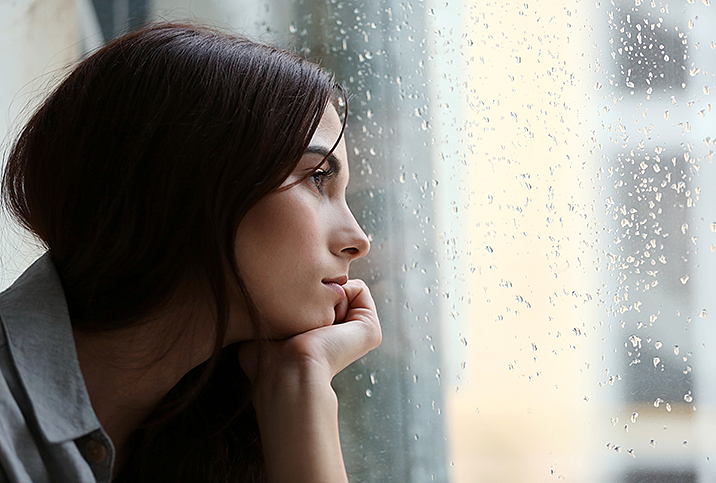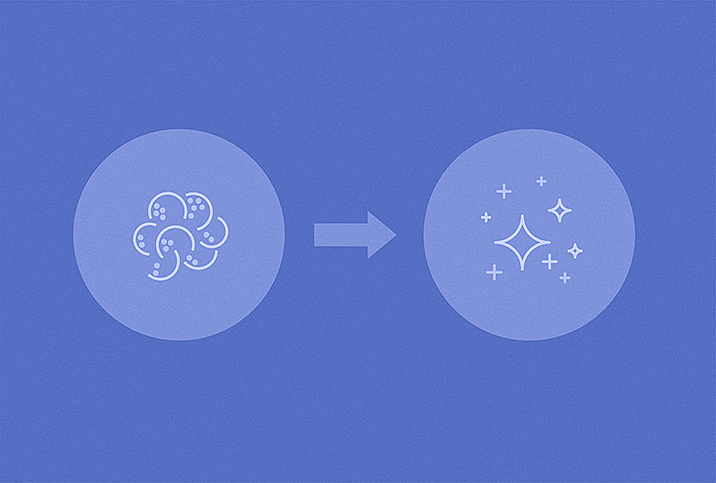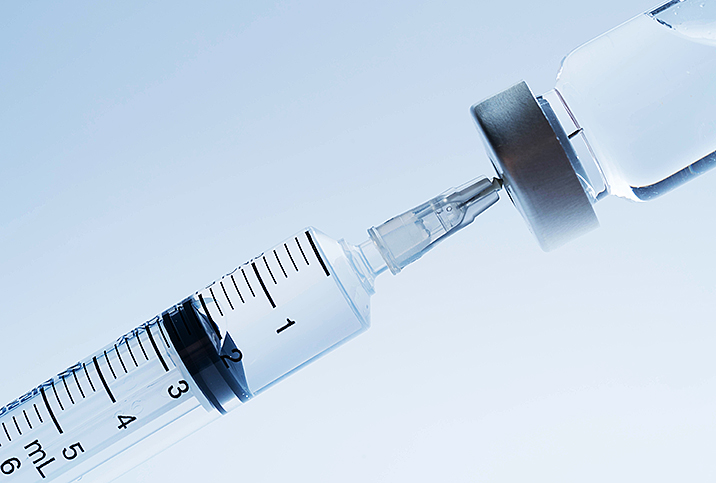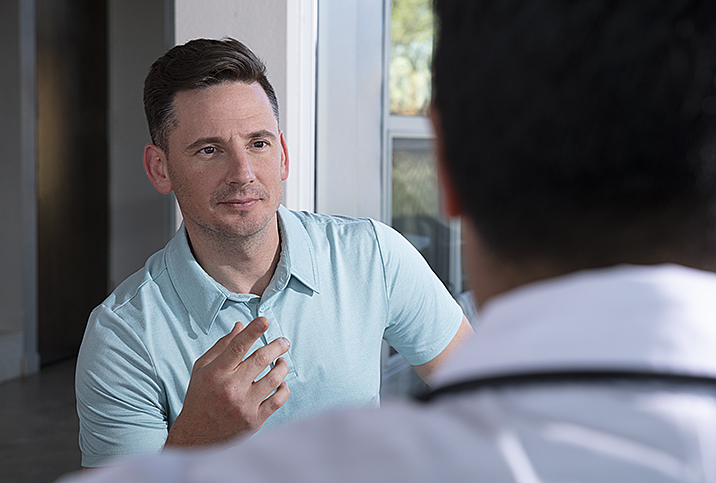I Knew Nothing About HPV—Then It Gave Me Cancer

I take vitamins and drink water. I brush and floss, run and bike. I do everything you’re “supposed to do” to prevent cancer. But because of human papillomavirus, also known as HPV, I got it anyway.
The most common STI
Commonly known as a sexually transmitted infection (STI) that can cause genital warts, HPV can also develop into cancer. HPV can cause cervical precancer or cancer, depending on which strain of the virus infects the cervix. About 79 million people in the United States have or have had HPV, making it the most common STI in the nation, according to the Centers for Disease Control and Prevention (CDC). In fact, most unvaccinated, sexually active adults will get a strain of HPV sometime in their life.
Spread by skin-to-skin contact, the virus often manifests no signs or symptoms, so people risk passing it on to others without even knowing it. Though your body can heal itself from some HPV strains, high-risk strains may lead to cervical abnormalities and cancer.
Unfortunately, I was in my late 20s when a new HPV vaccine was approved by the Food and Drug Administration (FDA) in December 2014. The vaccine was approved for females between ages 9 and 26. In 2018, the FDA further approved the HPV vaccine for women up to 45 years old, but it was already too late for me.
If I hadn’t been out of the recommended vaccination window, maybe I wouldn’t be telling you this story.
Diagnosed with cancer
In December 2018, I decided to switch birth control, so I went to my OB-GYN’s office and saddled up into the stirrups. All of my previous Pap smears had come back normal, so I didn’t give this one much thought. But a week later, I received a letter detailing the possible symptoms of HPV. The last paragraph asked me to come back to the doctor’s office for a biopsy.
My heart sank. I’m not a medical professional but I knew what biopsy could mean: cancer.
The day of the appointment, I sat in my OB-GYN’s waiting room thinking the worst, rehearsing what I would tell my parents and coworkers, and wondering if I looked dirty now. From a young age, I was taught about safe sex and all about the big-name STDs: gonorrhea, chlamydia and herpes; nothing, though, about HPV. I didn’t learn about it in school nor from my parents, both of whom are healthcare professionals. I always insisted on condoms with my sexual partners. I thought I was careful.
The biopsy was painful. The doctor scraped along my cervix where the cancer cells were found and put them in a petri dish. He said he’d send my cell sample to a lab and that I’d have the results in a few days. It was the longest week of my life. When I finally received his call, he confirmed that I did, in fact, have cervical cancer.
Once a cancer patient...
Fortunately, we caught the cancer early, at stage one. I didn’t need chemotherapy but did need to schedule surgery to remove the cancerous cells. Because I was so young and at high risk of the cancer returning, my oncologist recommended a hysterectomy. I thought about my desire to be a mother one day and asked if there were any way to postpone it. He recommended a cone biopsy, a procedure where the surgeon would scope out cancer cells in my cervix and remove them with a scalpel. That way, I could postpone a hysterectomy until after I birthed children.
Two days after my birthday, I had the surgery. I was nervous and spent the night before pacing my apartment, running through every worst-case scenario, and worse ones after that. Thankfully, the surgery was successful. Recovering, however, was another story. I experienced heavy bleeding and the worst cramps of my life. But I was cancer-free.
Still, as my oncologist said, “Once a cancer patient, always a cancer patient.” A few days after my surgery, he ordered magnetic resonance imaging (MRI) to check my lymphatic system. He had been concerned about the cancer cells’ close proximity to my lymph nodes, and he wanted to make sure they hadn’t spread. These tests—MRIs as well as Pap smears—will become my new normal. There is always going to be a risk of the cancer coming back or showing up somewhere else in my body, so I need a checkup every year.
Healthy now, but cautious
These days, I’m feeling pretty healthy. I’m still adamant about my daily health regimen. As I’m dating now, I’m open with the facts that I contracted HPV and that it caused cervical cancer. Even though I don’t have an active infection of HPV anymore, the risk is always there. I can contract it again.
Communication around HPV—its risks, spread, and prevention—is essential. The FDA has only approved tests to detect HPV in people with a cervix, but as more people openly discuss the disease, demand for vaccination has increased. According to the CDC, the HPV vaccine can prevent more than 90 percent of HPV-attributable cancers.
I hope my story shines a light on the extreme dangers that this virus can cause. Be sure to see your doctor regularly, use protection during sex and learn everything you can about your body, and what can happen to it.



















Commentary